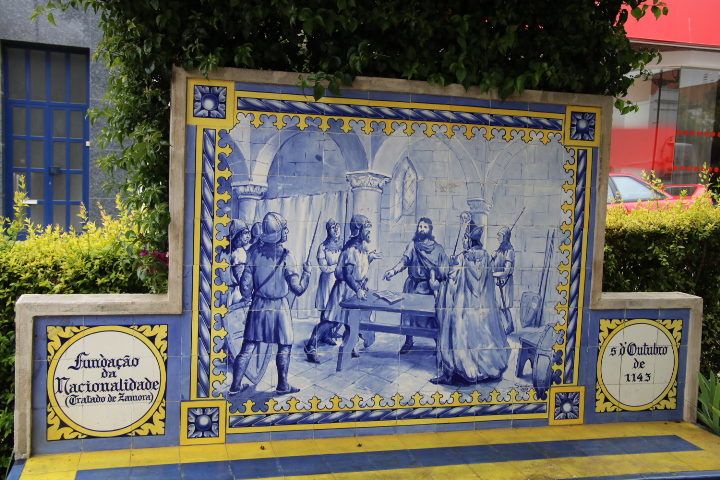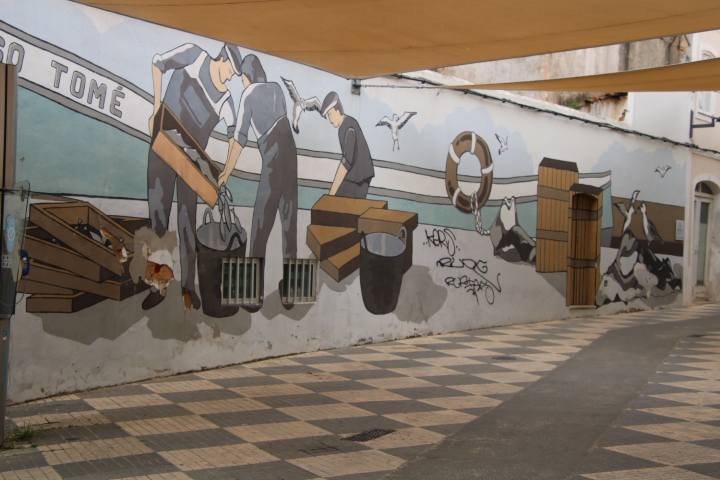We were on an early morning call for breakfast before our walking tour of Portimão. At sea the sun was rising but as we approached the port we were surrounded by thick fog and were advised by the Captain that zero visibility was preventing our entry. He said, “the pilots cannot board to help us through the narrow channel”. At that time we had travelled 157 miles overnight and had 6455 miles to go to reach Cape Town.
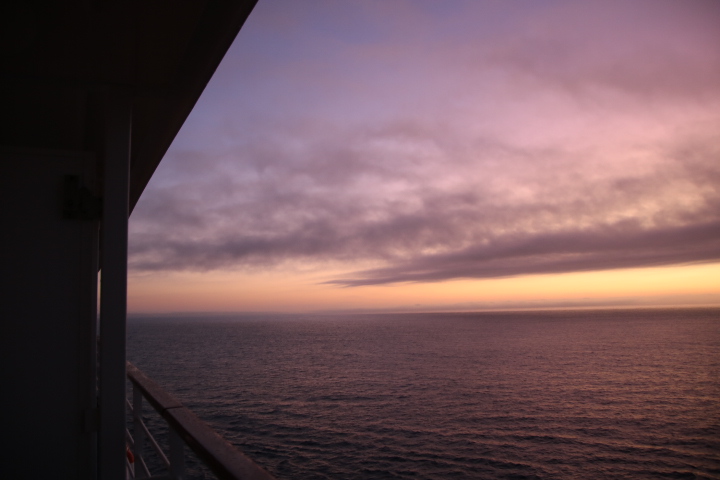

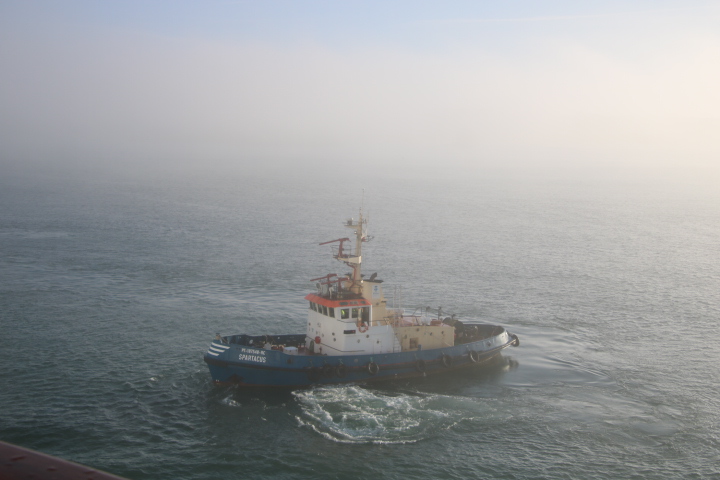
With a delay of about an hour we were exploring the older parts of the town. In the narrow streets are many buildings which were badly damaged in the 1755, so called Lisbon earthquake and are now reconstructed. Throughout the walk we saw many occupied stork nests on roofs of buildings, disused chimneys and even on a dockside crane. The storks are here at this time due to the change in weather patterns. They should have flown south but haven’t yet as they have a good supply of food here.


The church of Nossa Senhora da Conceiçao still retains its original Gothic doorway but most of the church has been replaced following severe damage.





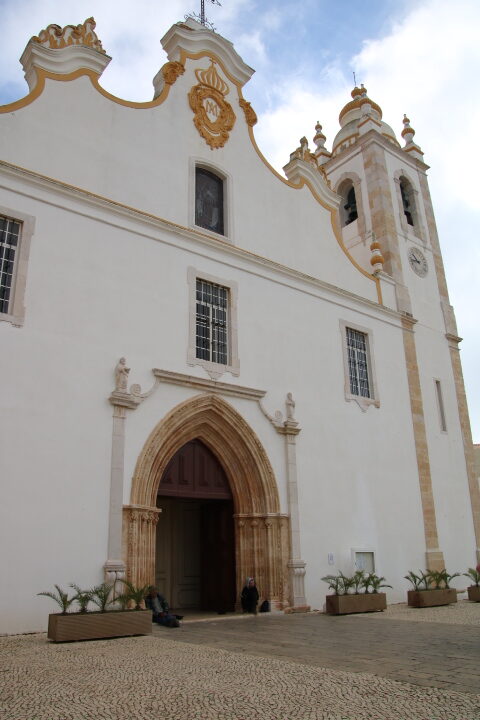
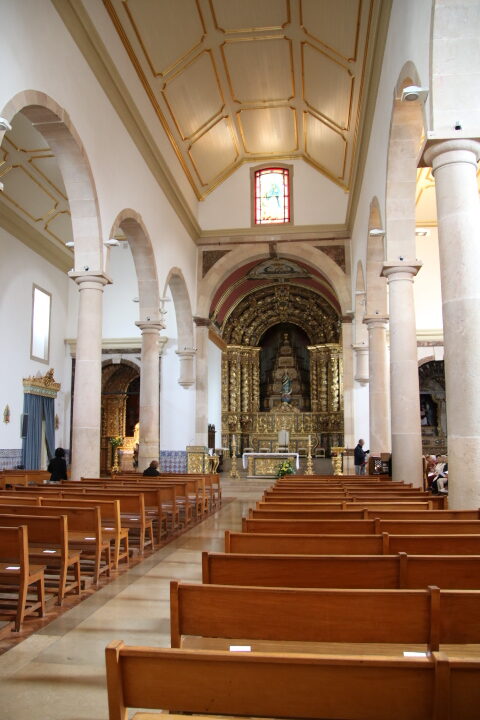
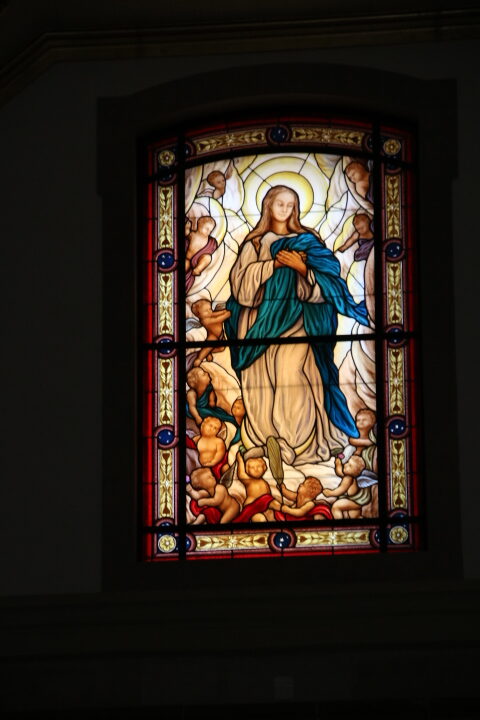
The markets for fruit, vegetables and fish are still part of the street plan but things have changed here considerably. Around 30 years ago we used to eat grilled sardines on the port side as they were unloaded but this industry has gone into near terminal decline. A Belgian company is attempting to preserve the sardine trade and it seems to be successful as prior to our departure 6 trawlers were queuing to dock at the factory.




The Arade River and its access to the Atlantic were the reasons for a massive sardine, pilchard and anchovy industry but the sole remaining processing plant is now an award-winning museum. Here, the story of a tin of sardines is explained with photographs, film and the remains of machinery.

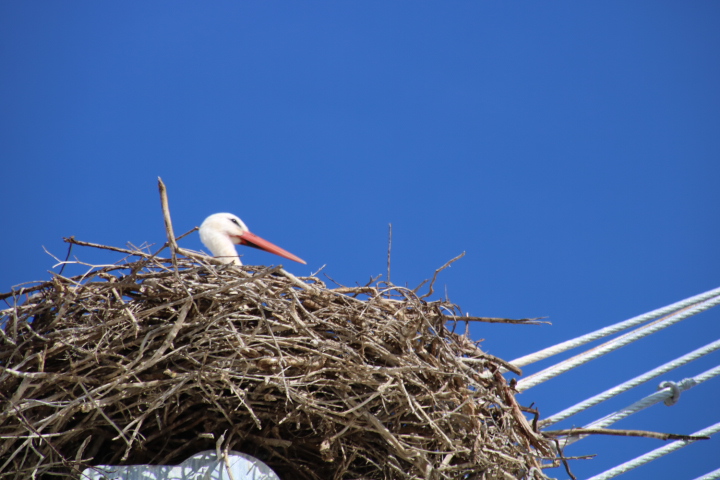




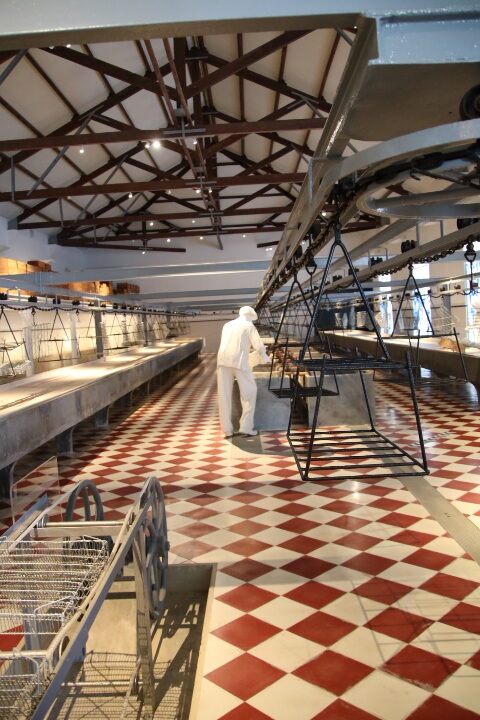
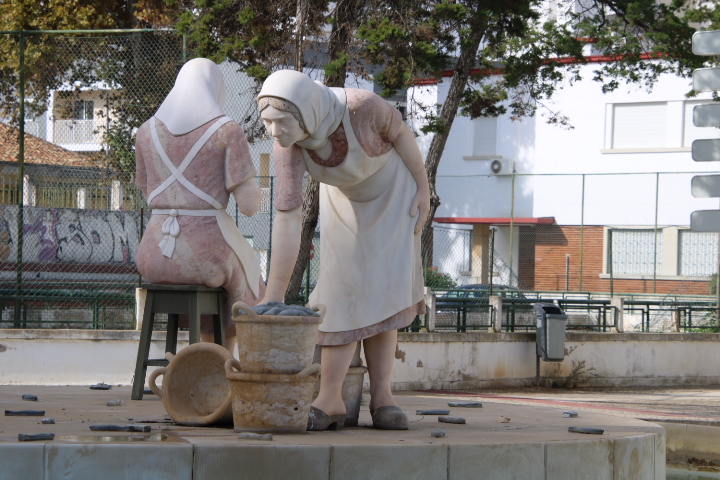

As the sunset we passed Cape St. Vincent, the most south-westerly point of Europe. At the foot of the cliff nearby we could make out the lights of Sagres, the site of Prince Henry the Navigator’s School of Navigation. We will explain more tomorrow when we are at sea.
